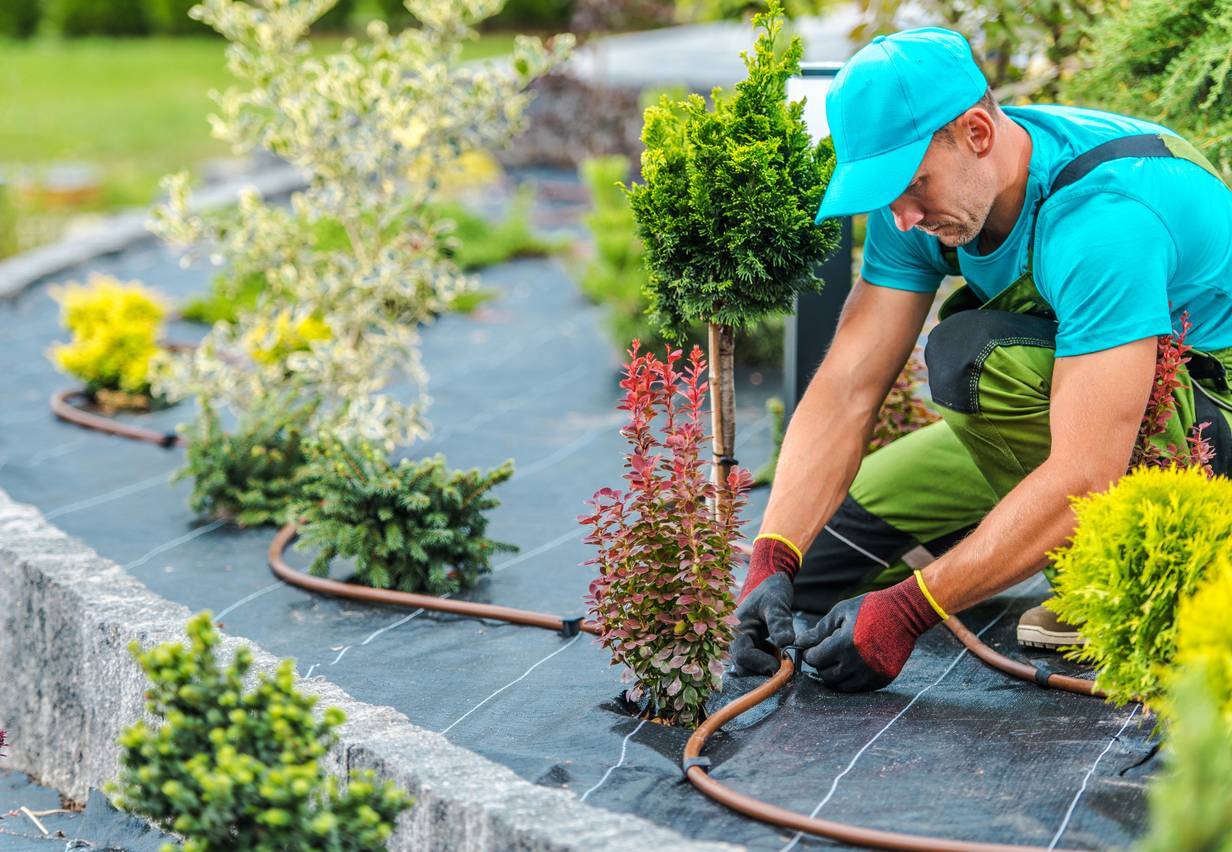Conquer Unwanted Plants: Ways to Keep Your Lawn Without Weeds
An stunning lawn can be the crown jewel of any home, but keeping it in good shape and weed-free requires an effort than just regular mowing. Invasive plants, the relentless invaders of our lush havens, can quickly turn a vibrant yard into an eyesore. Knowing how to control and overcome these undesired plants is crucial for preserving the beauty and health of your landscape. This guide aims to equip you with the insight and tools you need to maintain your lawn in top shape, without the overbearing presence of weeds.
From choosing the appropriate grass types for your unique climate to mastering the art of lawn maintenance across the seasons, we will discuss various important topics that contribute to a prosperous lawn. Whether you are dealing with the nuances of spring care, deciding between organic and chemical fertilizers, or learning how to properly test your soil, this article will offer you with practical advice and insights. Join https://beadthumb6.bloggersdelight.dk/2025/03/14/renew-your-grass-strategies-for-thick-and-healthy-grass/ on this journey to create a beautiful, unweeded yard that will be the envy of the neighborhood.
Important Lawn Care Practices
Keeping a thriving lawn needs a blend of ongoing care and attention to detail. One of the fundamental practices is regular mowing, which not only keeps your lawn appearing neat but also encourages healthy growth. The ideal height for various grass types is ranging from two to four inches, depending on the specific variety and climate. Mowing at the appropriate height aids hinder weeds from taking a foothold and encourages deeper root growth, resulting in a lush green lawn.
Another important practice is fertilization. Using the most effective fertilizers for a thick, green lawn can greatly enhance its health and resilience. Depending on your soil quality, you may choose from organic and synthetic fertilizers. Each has its pros, but what matters most is adopting a fertilization schedule that matches your local climate and grass type. Consistently testing your soil will help you understand its nutrient needs, guaranteeing that you provide the right amount of nourishment to keep your lawn vibrant.
Aeration is also an essential lawn care practice that often is often overlooked. Aerating your lawn boosts air circulation, water infiltration, and nutrient absorption by lessening soil compaction. This process is especially important for lawns that receive heavy foot traffic or are situated in clay-heavy soils. By adding aeration into your seasonal maintenance routine, you'll create a more favorable environment for grass roots to flourish, resulting in a greener and more robust lawn overall.
Strategies for Controlling Weeds
Keeping a weed-free lawn demands a mix of proactive measures and effective treatments. The first step is to outcompete weeds by promoting a lush, vigorous grass growth. Effective lawn care practices, such as choosing the most suitable grass types for your environment and knowing when and how to mow your lawn for the best results, create an environment that is less inviting to weeds. Applying fertilizer and regular lawn maintenance, including aeration and composting, help your grass flourish while at the same time limiting the resources available to undesirable plants.
When weeds do show up, it is essential to identify them correctly to choose the appropriate control method. Organic options, such as vinegar or salt solutions, can be effective for minor infestations. For bigger areas, using the most effective weed killers, including both natural and chemical, can help manage weed growth without damaging your grass. It is also beneficial to explore natural ways to keep pests away from your lawn since pests can stress your grass and make it easier to weeds.
Proactive prevention is key in a sustainable weed control strategy. Consistently monitoring your lawn for early signs of weed growth, along with applying techniques like mulching around garden edges, prevents weed seed germination. Moreover, adhering to a spring lawn care checklist ensures that your grass is primed for the growing season, laying the groundwork for a healthy yard that stays weed-free throughout the year.
Seasonal Yard Maintenance Advice
Spring is the perfect moment to initiate your yard care routine after the cold winter months. Begin by performing a thorough assessment of your lawn, cleaning away debris, and sowing again any patchy spots. As the heat increase, spread a spring fertilizer to encourage vigorous growth. Also, implement your seasonal yard maintenance checklist by aerating and removing thatch from your grass, which will help relieve ground density and promote stronger root growth.
During the warm summer, ensuring your yard's health becomes essential. Make sure to adjust your irrigation schedule according to rainfall and consider deep irrigation twice a seven days to ensure the root system take in moisture. It's also crucial to mow your grass at the correct height, allowing the grass to retain water and withstand the heat. Watch for signs of insects or illnesses and address any problems immediately to maintain your yard lively.
As autumn approaches, it's time to get ready your yard for the chillier climate ahead. This involves gradually lowering your mowing blade and performing a last application to help your grass accumulate food for winter. Collecting falling leaves and clearing debris will stop mold and illness. Lastly, think about overseeding to thicken your lawn and prepare it for a strong beginning in the next season, ensuring you keep your yard appearing its best throughout the year.
